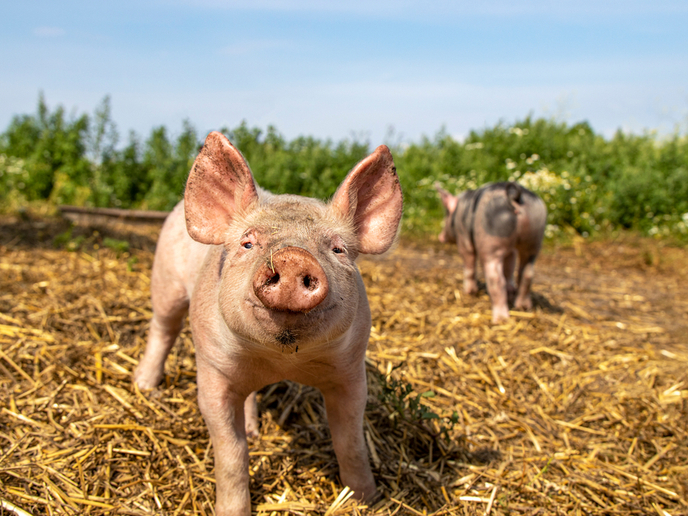How wheat can develop immunity to pathogenic bacteria
Bacterial diseases amongst European crops primarily affect fruit trees and vegetables, reducing yields and shortening produce shelf life. Perhaps the most severe is Xylella fastidiosa, which can destroy olive groves. Bacterial diseases are often controlled by spraying crops with various solutions, such as copper and zinc salt, which are often ineffective and can be environmentally problematic. Building disease resistance is sometimes attempted but is not durable as bacterial strains typically overcome resistance. Most pathogenic bacteria use the so-called type III secretion system (T3SS), where needle-like probes inject proteins into plant cells to make them more vulnerable to the bacteria. To help understand this process, the EU-supported T-REX project studied wheat cultivar’s interaction with the T3SS; As it is integral to bacterial infection, wheat recognition of it should confer long-lasting immunity. T-REX used the T3SS from Pseudomonas syringae – a bacterium that causes diseases on the leaves and other organs – to inject proteins from other pathogens into wheat. The team found that some wheat cultivars may recognise the T3SS. “When we compared P. syringae growth in T3SS-recognising and non-recognising wheat, we found indications that recognition delayed bacterial growth by about a day,” says project coordinator Hans Thordal-Christensen from the University of Copenhagen, the project host. “This was very exciting because recognition of T3SS was previously only known for animals.” This research was undertaken with the support of the Marie Skłodowska-Curie Actions programme.
Investigating the genetic association
The T-REX team injected a non-pathogenic soil bacterium, artificially expressing the T3SS, into the leaves of wheat cultivars and observed the outcome. They found that in some cultivars, the leaf tissue dies within 24 hours as a sign of immunity, while in others, nothing happens. This suggested that some cultivars can recognise the T3SS. Using the same methodology, to identify the gene responsible for T3SS recognition, the team tested 440 cultivars of the WAGTAIL collection, finding one third recognise the T3SS. With about 20 000 genetic differences in these cultivars already analysed, the team was able to locate the gene responsible for T3SS recognition on the chromosomes. “We found that this ability seems to be mediated by a single gene mapped to a chromosome segment of about 10 genes. Which specific gene remains uncertain,” notes Thordal-Christensen. The team also wanted to locate the part of the T3SS that the wheat recognises. With the T3SS consisting of 28 different bacterial proteins, one way to find the telltale protein is to produce and inject the proteins one by one. “We produced and purified many of the 28 T3SS proteins from Escherichia coli, then tested if they cause leaf tissue death. Unfortunately, we have not yet found the key protein, so will keep looking,” he adds.
Widening the scope
By increasing knowledge about plant science in general and plant immunity specifically, T-REX helps pave the way to a more resource-efficient and environmentally friendly agriculture. “We can advise wheat breeders to use the 10-gene chromosome segment in cultivars to improve resistance to Pseudomonas bacteria and provide genetic markers to confirm they got the right segment,” says Thordal-Christensen. “Once we identify the specific gene responsible, we hope to also improve resistance to bacteria in other plant species.” Another research focus is to understand how pathogen effectors manipulate the plant immune system. The team is using the bacterial T3SS to introduce effector proteins into plant cells, then experimenting to make plant effector targets insensitive to these to boost immunity.
Keywords
T-REX, immunity, pathogen, bacterium, Pseudomonas syringae, cultivar, wheat, gene, chromosome, disease, type III secretion system, T3SS







